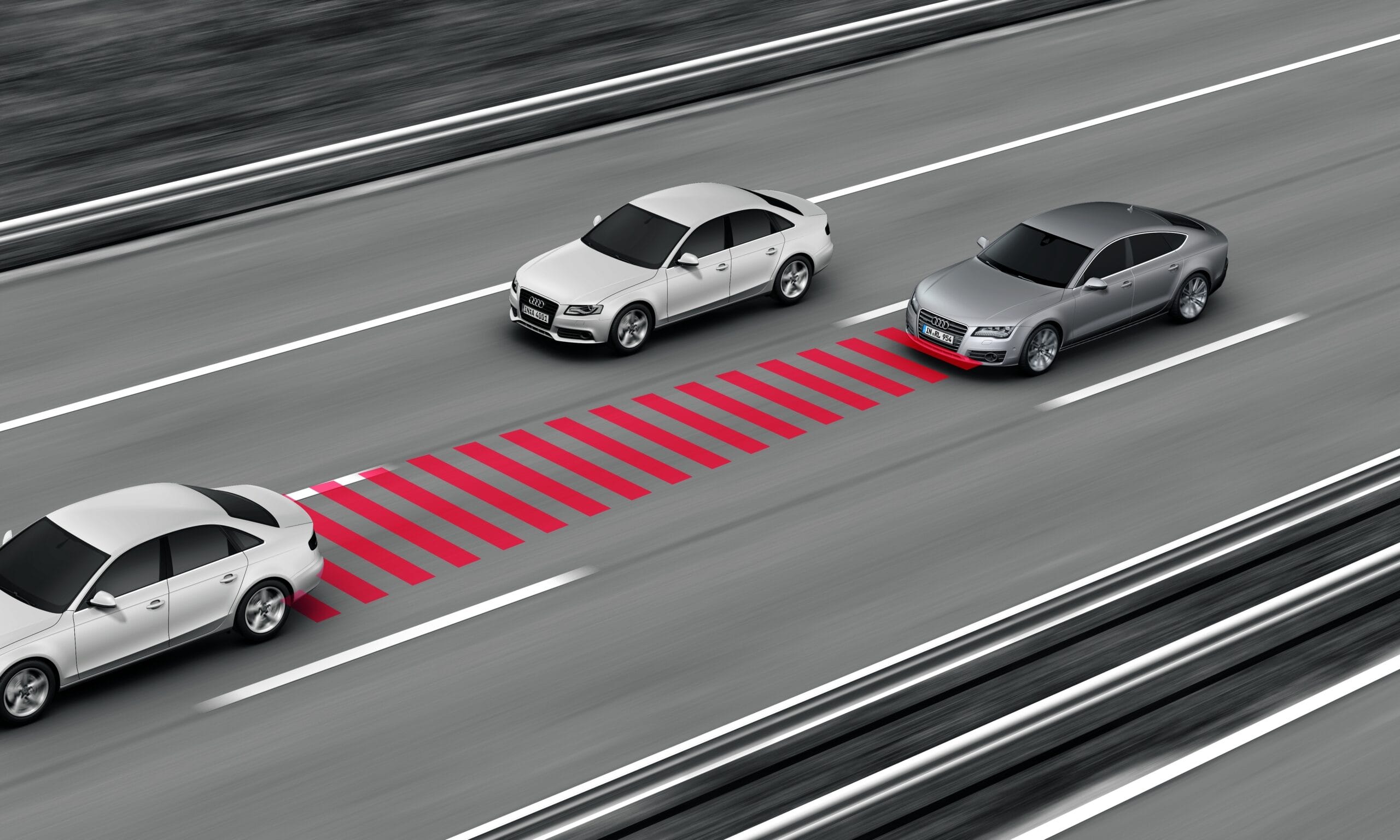Adaptive cruise control (ACC) is an advanced driver assistance system that automatically adjusts your speed to maintain a safe following distance. Learning how to use it correctly can make your journeys smoother, reduce stress and improve safety.
How adaptive cruise control works
Adaptive cruise control uses radar and sometimes camera sensors to monitor the distance to the vehicle ahead and maintain a preset following gap. The system measures relative speed and applies the throttle or brakes to keep the gap constant. Unlike standard cruise control that simply keeps a constant speed, ACC automatically speeds up and slows down as traffic flow changes. Some systems, often called full‑range or stop‑and‑go ACC, can slow the car to a complete stop and resume when traffic moves again.
Benefits of adaptive cruise control
One of the biggest advantages of ACC is the potential to reduce collisions by automatically keeping a safe following distance. The system constantly monitors the speed of the vehicle ahead and adjusts your speed to maintain a buffer, preventing rear‑end impacts caused by following too closely. ACC also reduces driver fatigue by taking over throttle and brake control on long highway journeys, which helps you arrive less stressed and more alert.
Because ACC adjusts your speed smoothly according to traffic flow, it can contribute to better fuel efficiency compared with abrupt manual acceleration and braking. Modern ACC systems work in stop‑and‑go traffic, which reduces the stress of commuting in congestion. By encouraging consistent speed and reducing the urge to tailgate or brake hard, ACC promotes smoother traffic flow and can even reduce congestion on busy highways.
Limitations and when not to use adaptive cruise control
Adaptive cruise control is designed to assist the driver, not replace them. You should never treat ACC as an autopilot. The system cannot anticipate every situation, especially when road conditions change suddenly. For example, some ACC systems may not detect stationary or slow‑moving vehicles ahead because they assume traffic is moving at similar speeds. If a car cuts in front of you or a vehicle ahead brakes abruptly, ACC may not react quickly enough. Always remain prepared to brake or steer.
Weather conditions can also confuse sensors. Manufacturers caution that adaptive cruise should not be used in heavy rain, snow, fog or when road spray reduces visibility. Moisture or dirt can block the radar sensor and camera, preventing the system from detecting vehicles accurately. Slippery roads caused by ice or hydroplaning can prevent the system from controlling speed safely, so you should switch back to manual control. ACC can also be ineffective in tunnels, on winding or hilly roads, or where lane markings are unclear. The system may shut off if you drive below a certain speed or if you take control of the brakes. Always read your owner’s manual to understand how your vehicle’s adaptive cruise behaves and in which situations it will deactivate.
Tips for using adaptive cruise control safely
- Read your vehicle’s manual. Every manufacturer implements ACC slightly differently. Learn how to turn it on and off, adjust the following distance and understand any special modes such as stop‑and‑go.
- Choose an appropriate following gap. Most ACC systems allow you to select a short, medium or long gap. Choose a longer gap in rain, on gravel or at highway speeds to give yourself more time to react.
- Stay alert and keep your hands on the wheel. ACC controls speed but does not steer or anticipate every hazard. Be ready to brake or steer at any time.
- Turn off ACC in heavy rain, snow or fog. Wet or dirty sensors can misread the environment and you may need full manual control.
- Keep the radar and camera sensors clean. Dirt, ice and debris can block sensors. Use a soft microfiber cloth and mild soap. Avoid high‑pressure jets or harsh brushes that can misalign sensors.
- Recalibrate after repairs. Have your vehicle’s sensors recalibrated after windshield replacement, bumper repairs, suspension work or wheel alignment to ensure the system maintains accurate distance and performance.
Maintaining your sensors and cameras
ACC relies on radar, camera and sometimes ultrasonic sensors mounted in the bumper, grille and windscreen. These sensors need regular care to remain effective. Regularly inspect and clean the sensor surfaces with a soft microfiber cloth and mild soap. Avoid touching the camera lens on the inside of the windscreen—leave that to professionals. Check for mud, snow, salt or road spray that can obscure sensors during winter driving. Avoid waxes and ceramic coatings around radar sensors because they can interfere with signal transmission. Be cautious with automatic car washes; harsh brushes and high‑pressure jets can misalign sensors or damage protective covers.
Seasonal conditions can affect ACC performance. After driving on salted winter roads or through hailstorms, inspect and clean sensors. Extreme heat or cold can also affect sensor performance, so check them after prolonged exposure to high temperatures or freezing conditions. If your vehicle has been in a minor collision, had a windscreen replaced or undergone suspension or wheel alignment work, schedule a professional calibration to ensure sensors are aligned correctly.
Conclusion
Adaptive cruise control can make driving safer and more comfortable when used properly. By understanding how the system works, recognising its limitations and maintaining the sensors that enable it, you can get the most out of ACC. Remember that it is an assistance feature, not a replacement for attentive driving. Keep your sensors clean, adjust your following distance for conditions and stay ready to take over at any moment. With good habits and regular maintenance, adaptive cruise control can help you arrive at your destination relaxed, efficient and, most importantly, safe.

Hiran Alwis is an automotive lecturer and ADAS specialist with over 15 years of experience in diagnostics, advanced safety systems, and technical training. He founded ADAS Project to help everyday drivers and workshop technicians understand and safely use advanced driver assistance systems.

[…] Adaptive Cruise Control – Maintains a safe distance from the car ahead […]